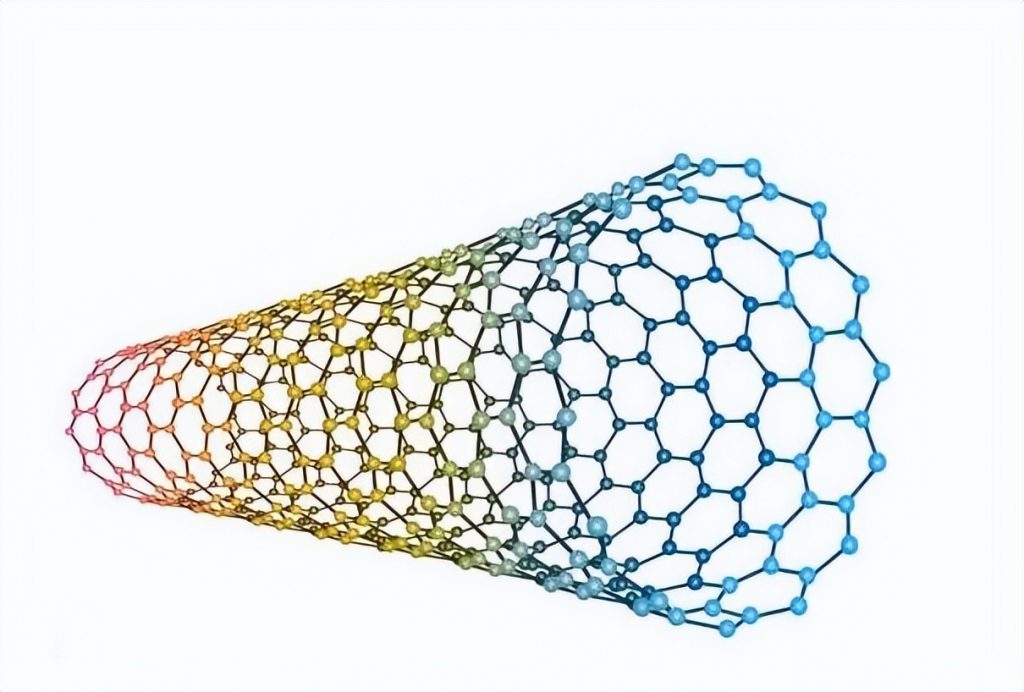In a significant breakthrough, researchers at Duke University have devised innovative techniques for engineering carbon-based semiconductors, poised to revolutionize electronic device manufacturing. Their pioneering work, published in the journal Proceedings of the National Academy of Sciences, introduces novel methods for optimizing the properties of carbon nanotubes, paving the way for a myriad of applications spanning from night vision technology to advanced solar cells.
Carbon nanotubes, discovered in the early 1990s, offer extraordinary properties owing to their unique structure—single sheets of carbon atoms rolled into microscopic cylinders. Despite carbon’s ubiquity, nanotubes stand out for their exceptional strength, electrical conductivity, and thermal efficiency, positioning them as promising candidates for next-generation electronics.
However, harnessing specific properties of nanotubes has proven challenging. While some nanotubes exhibit metallic behavior, allowing unrestricted electron flow, they lack the ability to switch on and off—a prerequisite for digital electronics. Addressing this limitation, Duke chemistry professor Michael Therien and his team devised a transformative approach.
By encasing metallic nanotubes in specialized polymers arranged in orderly spirals, the researchers achieved a remarkable feat: converting metallic nanotubes into semiconductors capable of toggling between conducting and non-conducting states. This reversible transformation offers unprecedented control over nanotube properties, enabling tailored semiconductor design.
Francesco Mastrocinque, lead author of the study, elucidates, “Wrapping the nanotube in a polymer changes its electronic properties from a conductor to a semiconductor. But if the nanotube is unwrapped, it goes back to its original metallic state.”
Moreover, by varying the type of polymer, researchers can engineer diverse semiconducting nanotubes responsive to specific external stimuli, such as low-energy light wavelengths invisible to the human eye. This breakthrough opens avenues for applications like infrared sensors for detecting hidden objects and advanced solar cells capable of harnessing a broader spectrum of sunlight.
Additionally, the nanotube-polymer hybrids hold promise for unconventional computing and data storage systems leveraging electron spins, besides charge, to process information—a prospect with profound implications for future technology.
While practical applications remain distant, the Duke team’s research marks a crucial step toward unlocking the full potential of carbon-based semiconductors. As Therien emphasizes, “This method provides a subtle new tool. It allows you to make a semiconductor by design.” With continued advancements, these engineered materials could underpin transformative innovations across various technological domains, shaping the electronics landscape of tomorrow.
